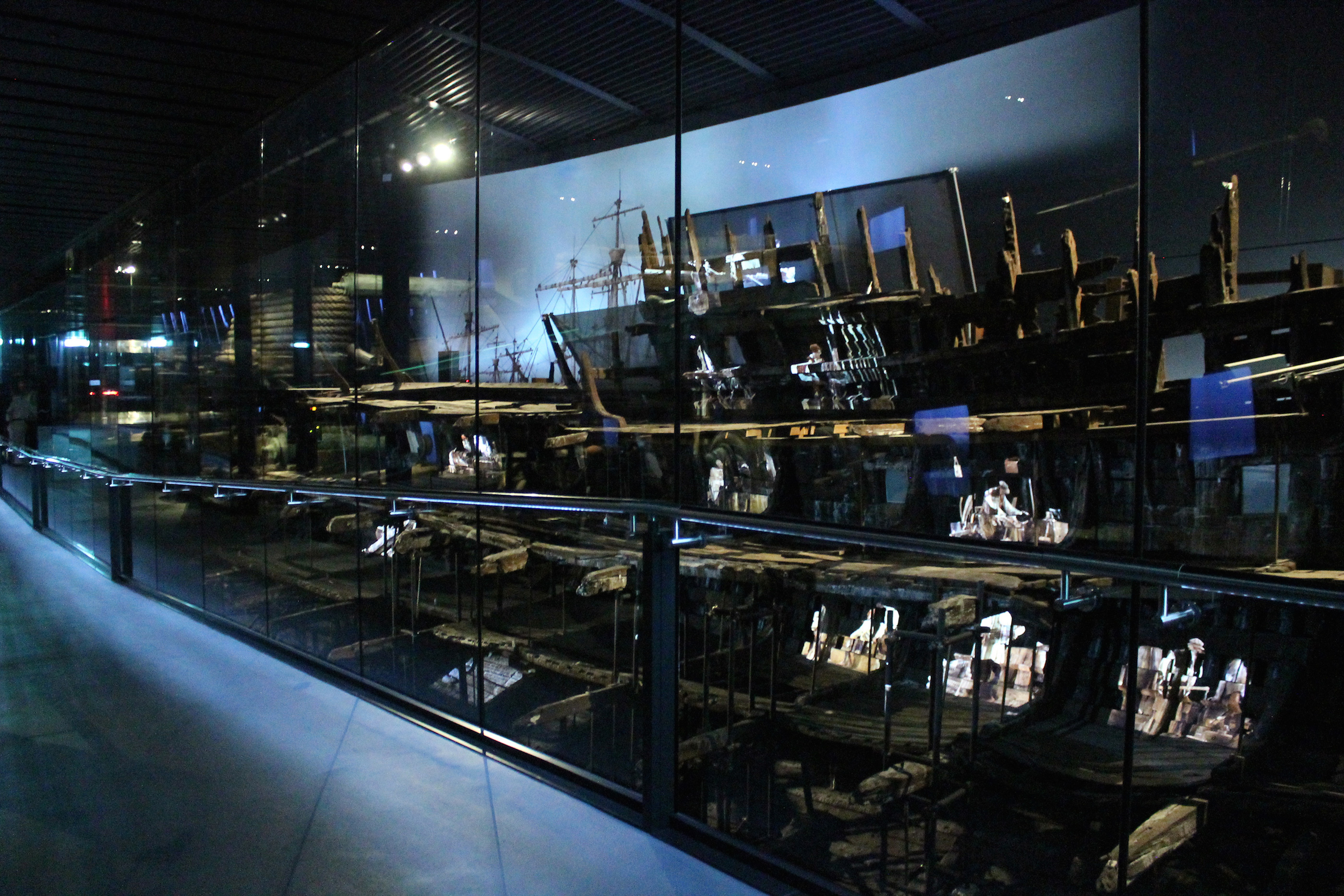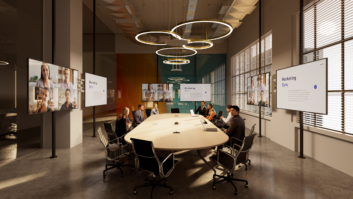
Real Studios, an exhibition design company, has introduced an AV installation to enhance interpretation and visitor experiences at the Mary Rose museum, a permanent museum building constructed over the ship, which was part of Henry VIII’s English Navy.
The Mary Rose has undergone 34 years of conservation and a £5.4m revamp having been raised from the Solent in 1982.
The museum can now be viewed through floor-to ceiling windows and an air-locked viewing balcony at the purpose built museum in Portsmouth Historic Dockyard.
Originally opening doors to visitors in May 2013 the museum has been closed from public view since November 2015 while the latest development works, to allow full height viewing of the ship from three separate viewing angles, were undertaken.
The new look Mary Rose Museum now provides panoramic views of the ship from all nine galleries through floor to ceiling glazing on the lower and main decks. On the upper deck visitors enter the Weston Ship Hall via an airlock and are separated from the ship only by a glass balcony.
The creative team led by exhibition designers Real Studios were brought in to tell the story of the ship’s crew going about their daily routines both at war and peace.
More than 60 short scenes were filmed and produced by Graham English and Company and projection mapped by Sysco AV into the relevant cabins on the ship’s hull. Together with lighting design from Adam Grater of DHA Designs and an accompanying atmospheric soundscape produced by Peter Key Sound Design and Production, the ship is brought to ‘life’ for the visitor at intervals throughout the day.
Tasked with providing a discreet, and unobtrusive audio solution, Peter Key chose to enhance the existing sound installation of overhead loudspeakers in the two enclosed viewing walkways – the Main and Lower Decks. With the ship now in full view Peter Key commented: “I felt that sound should not all be heard from above but should also appear to play from in front of the visitor in line with the projected images.”
“This meant we needed to excite individual glass panels of the viewing corridor for the entire length. This was quite a tall order, not only was the laminated glass more than 25mm thick, but the solution had to be invisible, so that it did not obscure the view of the Mary Rose,” continued Peter Key.
“I discussed the project with Sound Directions for their expertise in this area and the recommendation was to use MSE Audio’s SolidDrive SD1g Surface Exciters. Extensive tests proved that such a mass of glass could be excited by a relatively small transducer device to provide good quality and distortion free audio. The small form factor and clean cylindrical lines of the devices enabled them to blend into the glazed environment,” added Peter Key.
Robert Lapraik, deputy chief executive for the Mary Rose Museum added: “ We are delighted that the combination of sound and projection not only brings the ship to life, but also re-establishes the relationship between the ship and the thousands of real objects in the context gallery walkways.”
Stanislas Boivin-Champeaux , MD for Sound Directions commented: “The SolidDrive SD1 surface exciters provide a very discreet solution for visitor attractions including museums, as they provide excellent quality audio whilst being almost invisible, particularly when glass surfaces are used for encasing the exhibit.”
In total four of the SolidDrive SD1g Surface Exciters were installed along each deck level over a distance of forty metres, each SD1g driven by a separate audio channel of a SolidDrive SD-250 Mini Amplifier. Audio reflections from the opposite side of the corridor, behind the visitors viewing area, which was also glazed as part of the original museum design means the spread of sound is much wider along the corridor than might otherwise be the case, which results in the use of less exciters and amplifier channels than might otherwise be required.
Key concluded: “I am very impressed with the audio quality from such a small and compact unit. It provides another layer of loudspeaker playback to enable a truly immersive soundscape to be created within the viewing galleries.”






